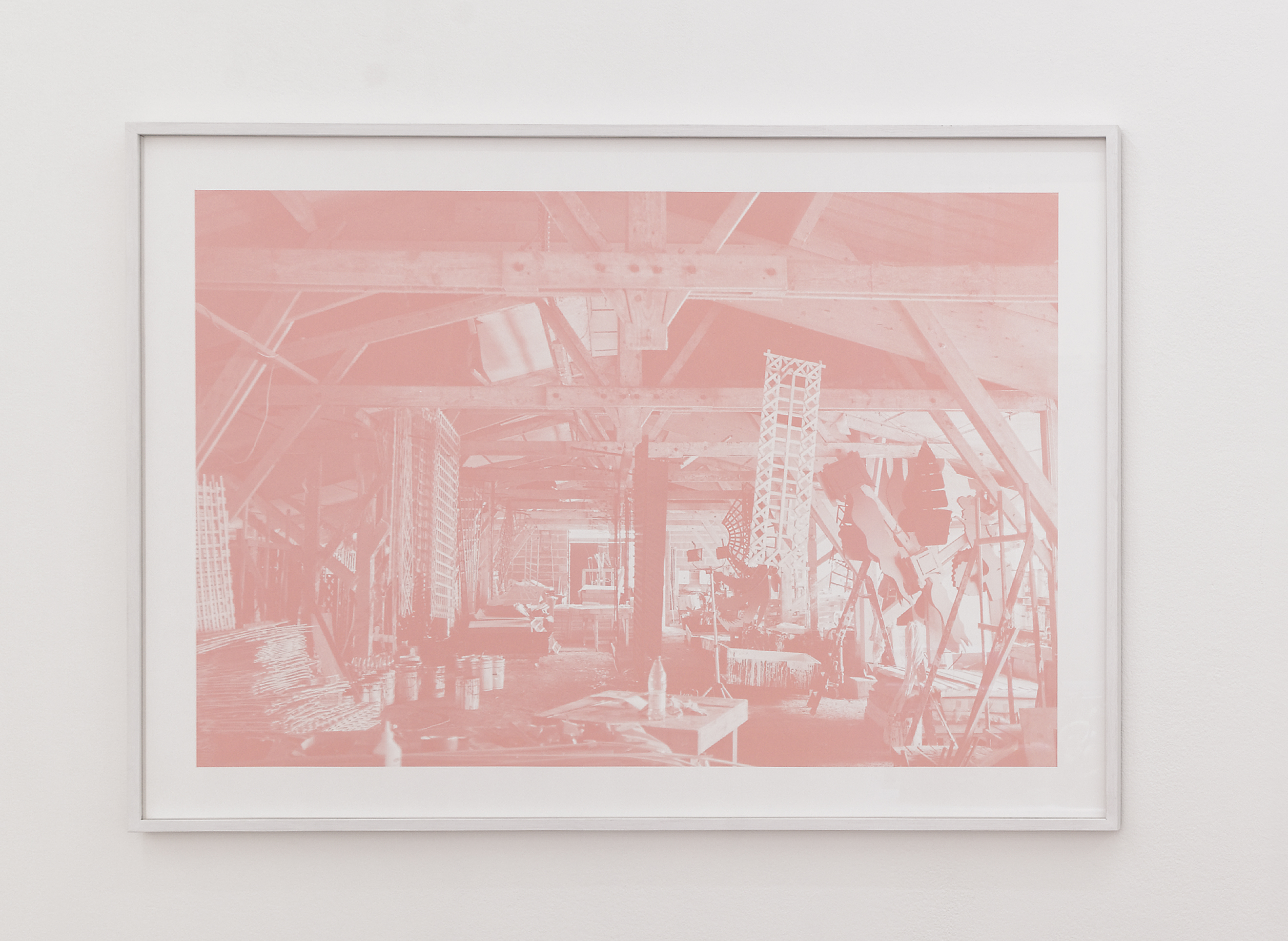Above: Delita Martin Lilacs and Roots, Acrylic, Charcoal, Relief Printing, Decorative Papers, Hand-Stitching, 2018
Meet Natasha Marin, curator, Black Imagination—Black Voices on Black Futures, 2020.
What is a curator? The word is most often used in reference to fine art, i.e., paintings, sculpture, et. al. found in museums and art galleries.
But meet Ms. Marin, custodian and keeper of a collection of poems, musings, and the imaginings of Black writers.
In Black Imagination, a small, tight, and laser-focused collection, Ms. Marin confesses that she was able to heal herself after receiving dozens of death threats resulting from her web-based project, REPARATIONS, which earned her over a quarter million viewers.
Black Imagination is an assemblage of reflections from creatives and conceptual artists who range from a struggling, middle-age single mother, to a Ph.D., professor and published poet.

In between, the collection includes—in combination—a Black, queer, disabled woman filmmaker, several musicians and composers, a choreographer, a rock singer/songwriter, a transgender non-binary teacher, an actor/activist, an art columnist, painters, educators, a Black woman veteran with PTSD, a mental health therapist, an Affrilachian poet, as well as “simply a Black woman in this world looking for a place to rest.”
The foreword, by Steven Dunn, describes the contents thusly: “…Blackness is expanded, layered, multiple, and lush like we already know it is, but which isn’t always recognized and valued by whiteness… a reclamation of our whole damn selves.”
He advises the reader to “close your eyes—make the white gaze disappear.”
But we are also given this caveat, posted at the end of the foreword: “This is why the experience of Black Imagination might actually be jarring or disconcerting if you are white,” from The Strangers, by Charles Mudede.
I urge you to find some common ground when reading this collection. Seek the universal. See yourself through the eyes of the authors. And enjoy!
Black Imagination is divided into three headings: Imagine, Healing, and Origins. In between each heading, Ms. Marin pens the most provocative Interludes: instructions, or Codas for survival in which she teases us, and continues to stretch and stoke the reader in between, and beyond what her collection of creatives have penned.
The first section—Imagine—is the longest. In it, the writers are asked, “What would a world look like where you are safe, valued, and loved?”
In contemplating their challenge to create such a utopia, “beyond the white gaze,” several of the writers admit to being unable to leave the harsh realities of living and being in this world—as it is.
Ebo Barton painfully writes, “I would not have to put on my white woman voice to get bills paid… but I’ll always need attention.”
There is both hope and despair threaded throughout this section; the use of metaphors about freedom (to be), freedom from (violence), equality and egalitarianism, fraternity, peaceful living (including amongst other people, like children, and even with nature/animals—the environment).
The balance of the recitations allude to a range of imaginings where it is acceptable to have “pink tutus on Black boys.” Or, from James E. Bailey who contemplates a world “…where my skin is not a weapon, rather a virtue, an asset instead of armor.”
Concluding this section about being loved, valued and free, Kenyatta JP Garcia brilliantly states, “I am not here to be happy, but if others can be, I’m here for that.”
In her first Interlude, Ms. Marin lists 12 recommended Rituals, each hitting me between my eyes.
For instance, in the Ritual for Being Unbothered, she suggests that we “Use the word nigger on purpose because it makes everyone uncomfortable.” “Repeat it several times.”
And in the Ritual for Blessing Your Own Heart, she offers this suggestion to “… practice kneeling on your ego.”
A quote from Nell Painter, author of the History of White People, opens the collection titled Healing, in which Painter unapologetically declares: “I don’t need to heal myself because I’m not wounded.”
But others do need healing, as Reagan Jackson laments about “…We the children of the unchosen diaspora.”
And also how Kahn Davison feels that “no matter how much the world breaks me up—it’s my creative space that puts me back together again.”
Healing comes in so many forms, and crying is mentioned—more than once. I think that Samantha Hollins said it best: “If I need to soak my face with a cleansing of tears, I am not ashamed.”
The third heading, Origins,explores where we come from.
A few writers answered literally, e.g., “…a Detroit basement…”
Some reflected on their family of origin.
In his writing about how the old-timers in his family treated every condition, Brian Broome added a little levity, observing that “it’s a wonder they didn’t kill us.” Sound familiar?
Some of the poetic reflections included references to origins in nature, or creative thought.
Again, the words of Kenyatta JP Garcia grabbed me: “I was an idea without a holding cell but a good thought can’t be set free for too long and so…”
And this from Natasha Marin: “So despite and beyond time, there is at all times, a Black woman who is creating herself.”
The final Coda included a Ritual for Uncertainty: “Find a way to wet yourself down like a plant in the sink.”
That works for me!
Black Imagination is an important assembly of contemporary writers and creatives that should find a place into any serious thinker’s collection.
Some of the writers are clearly destined for individual glory, but they all shine in this curated collection. Order your copy here.









